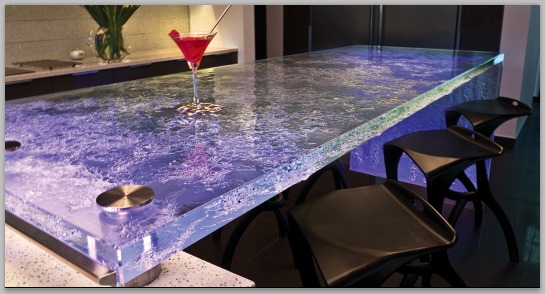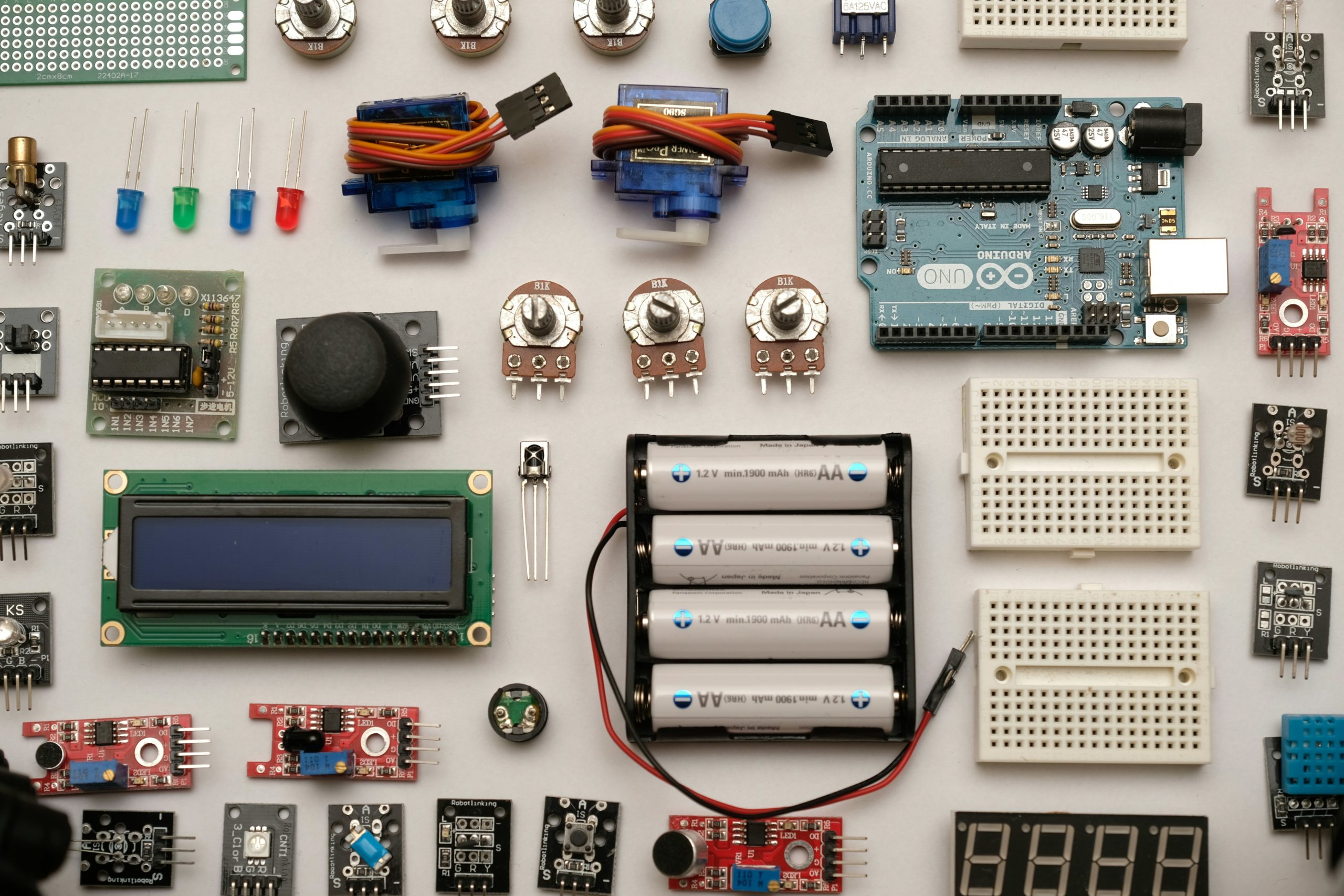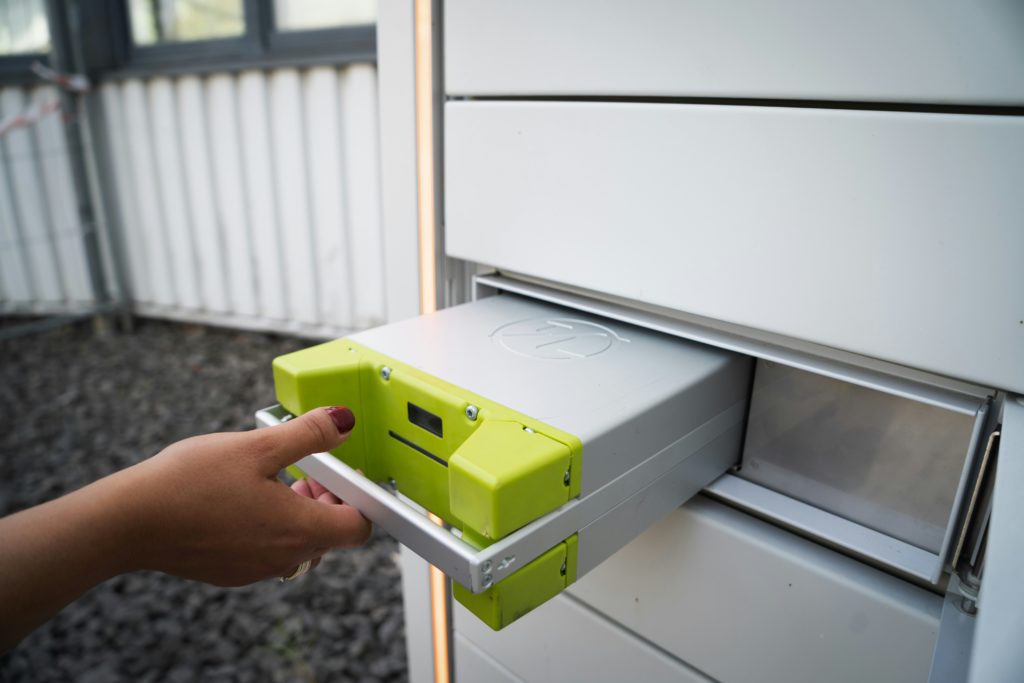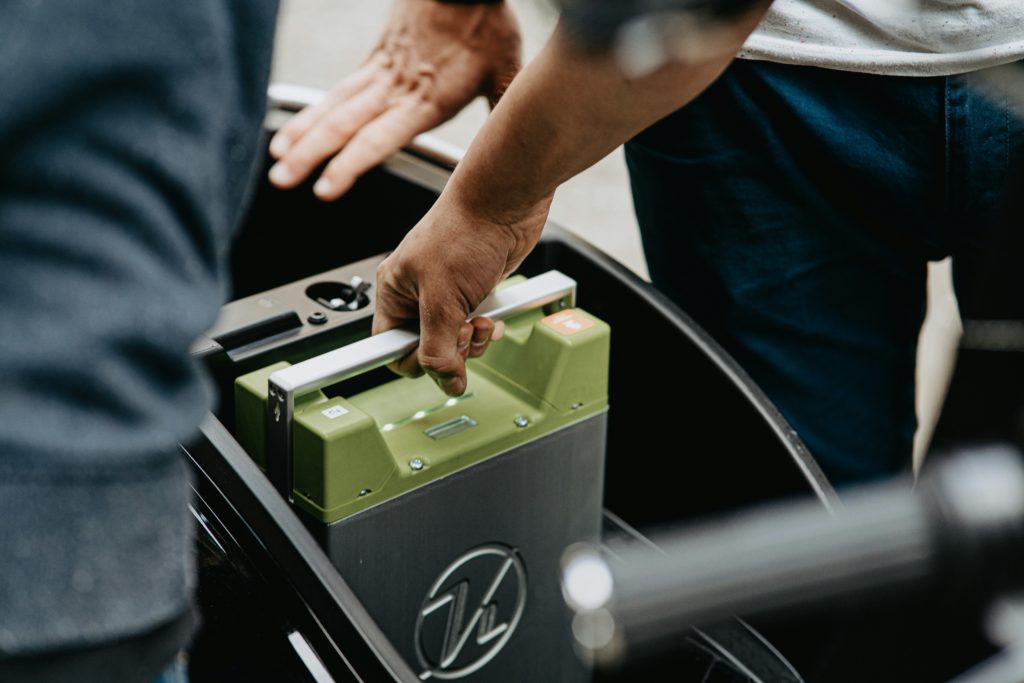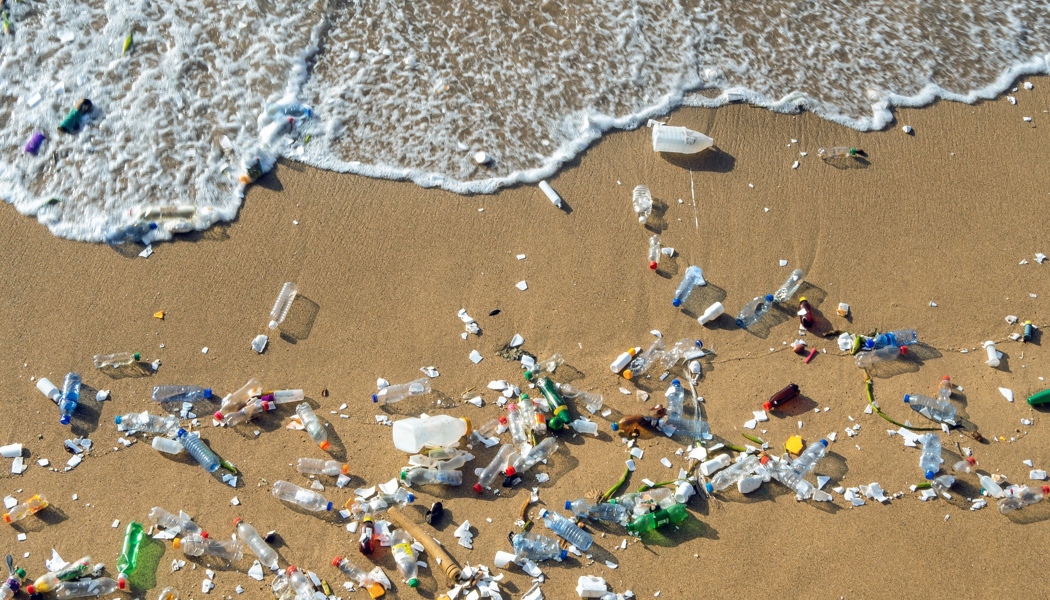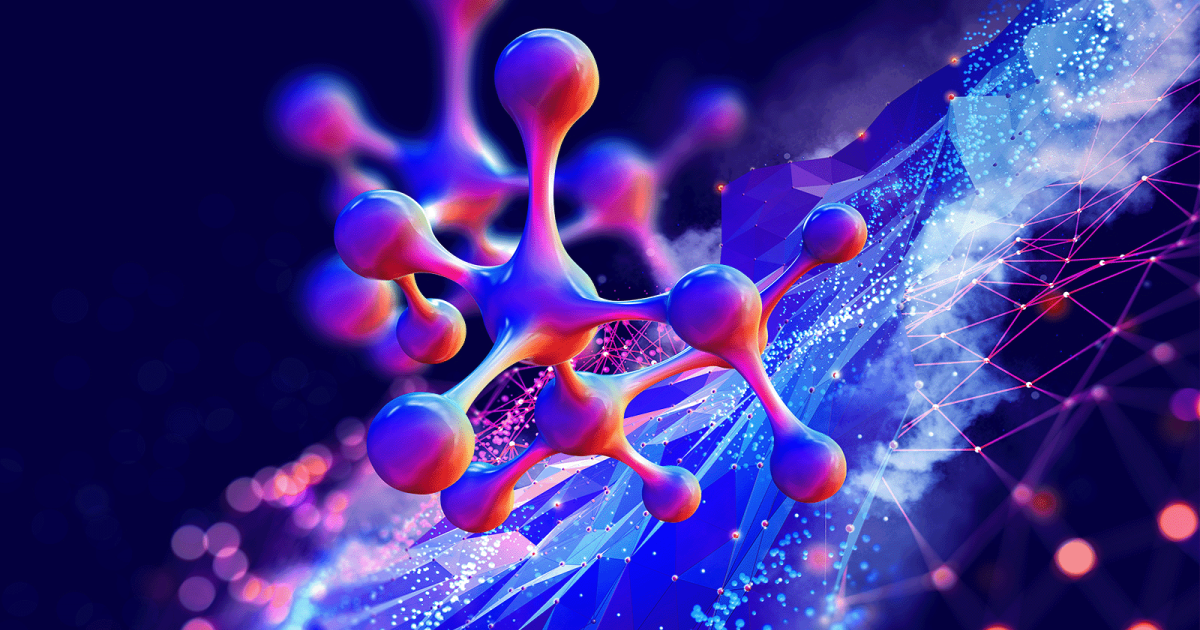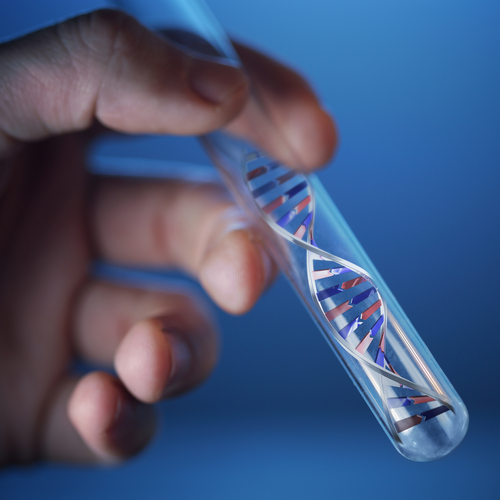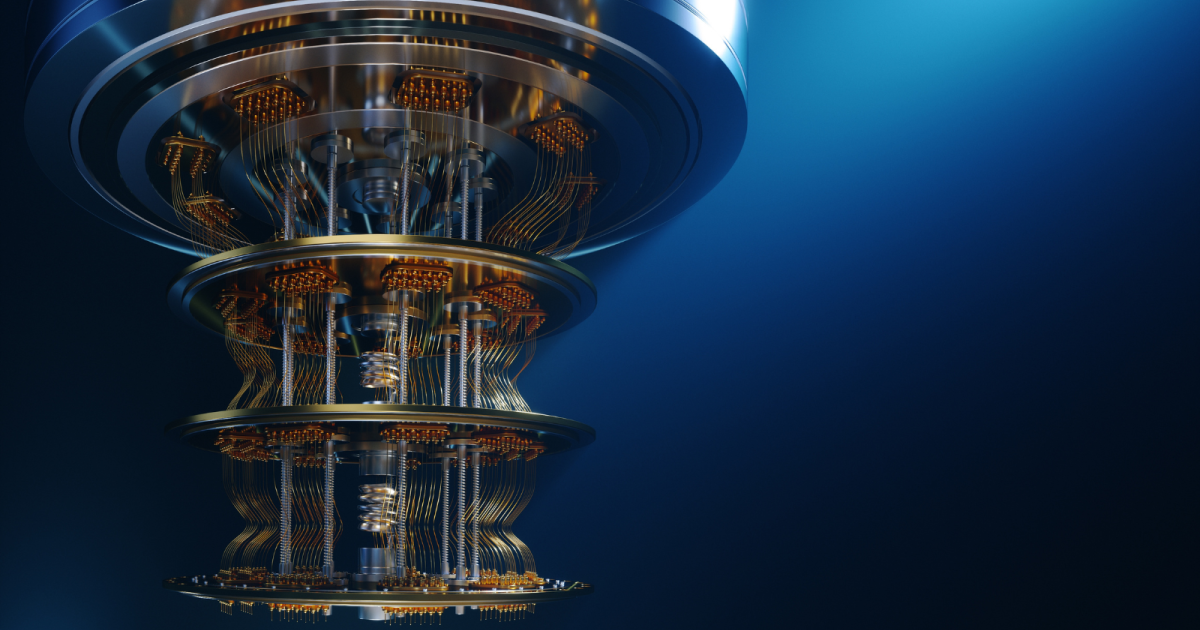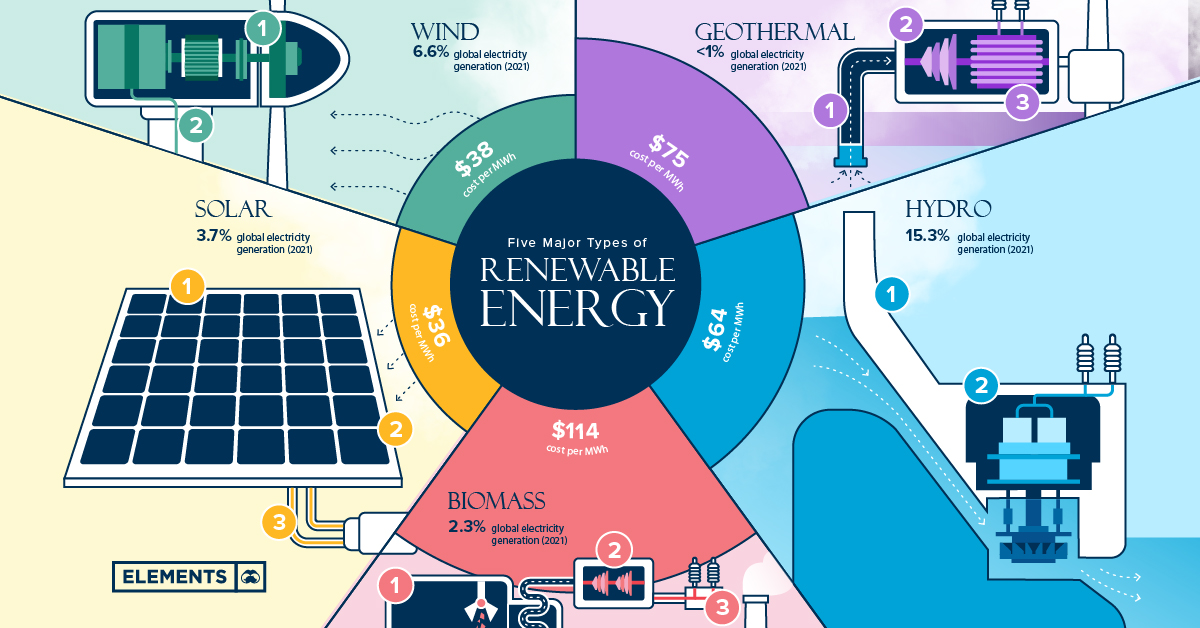Engineering, Durability, and Material Innovation : The Science Behind ThinkGlass Countertops
In modern architecture and industrial design, materials are no longer judged solely on aesthetics. Performance, hygiene, sustainability, and precision engineering now weigh heavily in the selection process. Among these emerging high-performance materials is cast glass — and ThinkGlass, a Canadian leader in this domain, has redefined what glass can achieve in functional surfaces.
Far beyond decorative appeal, ThinkGlass countertops represent a fusion of advanced thermodynamic processes, structural integrity, and material science. This article explores the technical depth behind ThinkGlass products and why they’re attracting interest not only from interior designers but also from engineers, researchers, and sustainable development professionals.
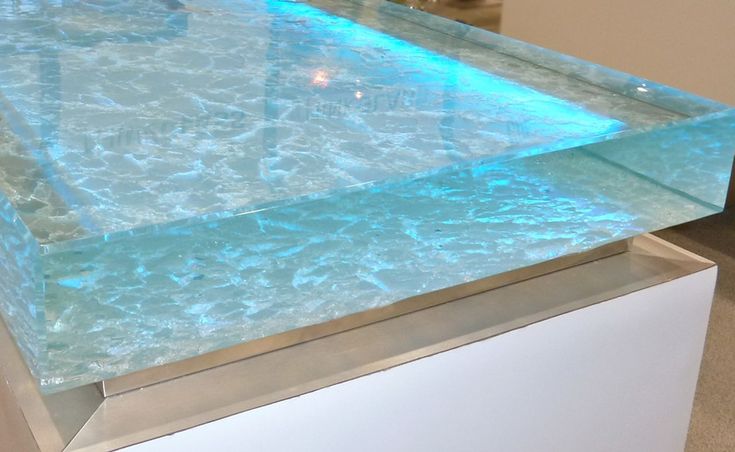
Glass as an Engineered Material
Glass is a non-crystalline amorphous solid. It behaves like a solid at ambient temperatures but shares some mechanical behavior with liquids when subjected to high heat. What differentiates ThinkGlass products from standard tempered or laminated glass is the thermofusion process used to create solid, thick, single-piece slabs of glass, up to 12 inches thick.
Rather than being laminated in layers, ThinkGlass countertops are made from a single mass of molten glass, cooled at a controlled rate to produce a monolithic structure. This process enhances homogeneity, eliminates internal stress points, and ensures that the glass is free from bubbles or weak zones.
This fused monolithic nature results in a material with exceptional compressive strength, capable of supporting heavy loads and resisting impact without the typical vulnerabilities associated with standard glass products.
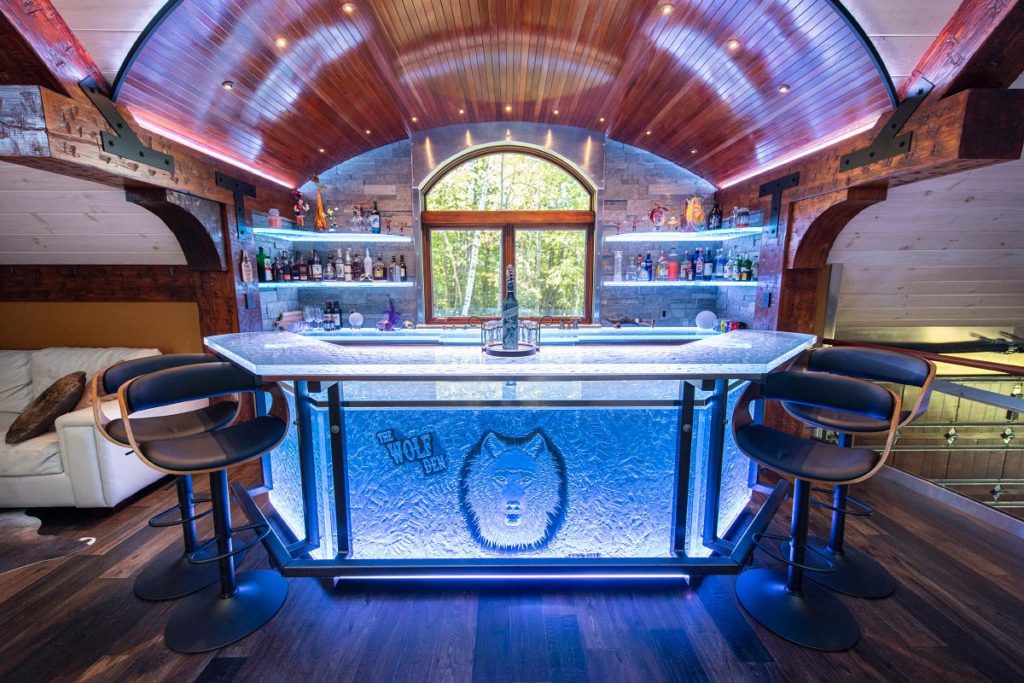
Load-Bearing Capacity and Structural Strength
The compressive strength of fused glass can exceed 25,000 psi, a figure comparable to some high-performance concretes. ThinkGlass countertops, particularly those used in stair treads or walkable floors, are engineered to withstand up to 1800 pounds per step, with only 1.5 inches of thickness.
The material’s flexural resistance also benefits from the way the glass is poured and cooled. Unlike laminated sheets that may peel or delaminate under tension or humidity, a ThinkGlass slab remains dimensionally stable over time and maintains its strength even under point loads.
Moreover, the surfaces can be texturized using proprietary methods, significantly increasing slip resistance and tactile grip — a crucial factor for commercial or public installations.
Resistance to Heat and Thermal Shock
One of the most compelling technical advantages of ThinkGlass countertops is their resistance to thermal shock. The fused glass is capable of withstanding extreme changes in temperature without cracking or deforming. This is particularly important in kitchen environments, where contact with hot pans, boiling liquids, or radiant heat is common.
Whereas natural stone like granite or quartz can crack under rapid heat exposure, ThinkGlass maintains thermal stability thanks to its internal consistency and slow annealing process. This allows it to absorb and dissipate heat evenly across its surface without warping or weakening its structure.
Furthermore, the glass does not require any chemical sealants or treatments to protect it from heat — its resilience is intrinsic.
Non-Porous Surface and Hygiene Performance
One of the major scientific benefits of fused glass is its non-porosity. Unlike stone or wood, which can harbor bacteria and absorb liquids, the surface of a ThinkGlass countertop is completely impermeable. No moisture, oils, or microbes can penetrate its structure.
This makes ThinkGlass an ideal material for environments requiring strict hygienic control, such as:
- Commercial kitchens
- Medical clinics
- Laboratories
- Hospitality settings
Tests show that ThinkGlass surfaces are inherently antimicrobial due to their non-porous nature. They can be sanitized easily with mild, non-abrasive cleaning products, without degrading over time. There’s no need for resins, waxes, or protective coatings, which often introduce toxicity or require frequent maintenance in other materials.
Optical and Material Clarity
From a physics and design perspective, ThinkGlass surfaces offer remarkable light transmission and internal clarity, akin to crystalline structures. Depending on the selected thickness and finish, light can pass through the slab, be diffused in a controlled manner, or be reflected for dynamic effects.
This optical purity is not simply aesthetic. In environments such as showrooms or wellness centers, where light manipulation enhances psychological comfort and spatial experience, ThinkGlass provides a unique opportunity to harness both functional transparency and light diffusion.
Additionally, ThinkGlass offers optional LED integration — an engineering feat where lighting elements are embedded directly into the glass without compromising structural integrity or safety. These systems are fully plug-and-play, enabling color changes, dimming, and programmable effects without requiring specialized installers.
Surface Engineering and Textures
ThinkGlass doesn’t rely on superficial patterns or coatings. Its textures are physically etched into the underside of the glass, allowing the top surface to remain completely flat and easy to clean. This engineering detail also plays a critical role in scratch resistance.
Because micro-scratches and wear over time tend to occur on decorative surfaces, having a top-smooth surface with a textured bottom ensures that the design integrity is preserved for decades. This contrasts with etched stone or printed laminate, which degrade visibly with frequent use.
Moreover, ThinkGlass’s texturing technology supports custom artistic patterns through high-temperature kiln carving, combining craftsmanship with computational precision.
Environmental Impact and Life-Cycle Benefits
ThinkGlass is committed to sustainable engineering. Glass, being 100% recyclable, inherently has a lower environmental footprint compared to composite countertops that use resins, binders, or fossil-fuel-based plastics.
Furthermore, because ThinkGlass products are designed to last decades without replacement or refinishing, their life-cycle cost is lower than most materials with similar visual impact.
From an environmental science standpoint, the absence of volatile organic compounds (VOCs), resins, sealers, or formaldehyde-based adhesives makes ThinkGlass an excellent choice for LEED-certified projects and sustainable architectural design.
Additionally, ThinkGlass’s Quebec-based manufacturing facilities employ closed-loop water systems and responsible energy use during production.
Scientific Aesthetic Meets Functional Precision
There’s an increasing trend in architectural and product design to merge scientific accuracy with visual elegance. ThinkGlass countertops perfectly embody this paradigm. They are designed with precision, fabricated with consistency, and finished to meet the highest expectations in performance and style.
Whether used in residential kitchens, medical clinics, boutique hotels, or experimental installations, ThinkGlass proves that engineering and artistry are not mutually exclusive.

